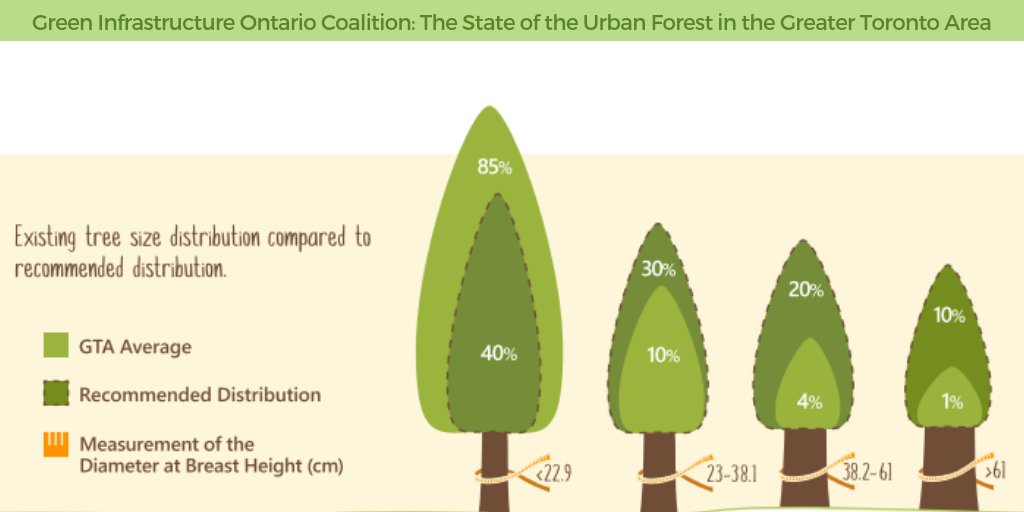Ideas That Suggest Tree Removal: Just How To Spot Hazardous Trees
Ideas That Suggest Tree Removal: Just How To Spot Hazardous Trees
Blog Article
Post Developed By-Velling Skovsgaard
When it comes to tree treatment, acknowledging the indicators that it's time for removal is vital for your security and home. You might discover stained leaves, wilting branches, or weird fungal growths suggesting illness. Architectural problems, like a significant lean or splits in the trunk, can additionally posture dangers. Comprehending https://how-to-get-rid-of-shoots39517.bloggosite.com/42314866/a-meticulously-implemented-tree-pruning-can-improve-the-visual-charm-and-wellness-of-your-landscape-but-what-details-benefits-can-you-anticipate-from-this-vital-job can help you make notified decisions concerning your trees and stop potential hazards prowling in your yard. What should you seek next?
Indications of Degeneration and Condition
When you discover indications of decay and illness in your trees, it's critical to act quickly. Try to find blemished fallen leaves, wilting branches, or uncommon growths like fungus. These can suggest that your tree is struggling.
If you see fractures in the bark or soft, mushy timber, these signs recommend interior degeneration. In addition, an abrupt increase in parasites around your tree can signal that it's deteriorated and susceptible.
Look for any kind of dead or dying arm or legs, as they pose a threat to your home and safety. If you're uncertain concerning what you see, seeking advice from an arborist can supply clearness.
Resolving these signs early can conserve you from extra substantial damages and guarantee the health of your backyard. Do not wait up until it's too late.
Structural Instability and Leaning
As you observe your trees, keep an eye out for any type of indicators of structural instability or leaning. If a tree leans dramatically, it might show that the origin system is jeopardized.
Seek any splits in the trunk or soil around the base; these can indicate possible failure. In addition, check for uncommon development patterns, like an uneven crown, which might recommend that the tree is having a hard time to hold itself upright.
If you discover that the tree leans toward your home, power lines, or other frameworks, it postures a better danger. Do not disregard these indications-- seek advice from an arborist to examine the circumstance.
Taking action early can prevent expensive damages and guarantee your security.
Dead or Perishing Branches and Foliage
If you notice dead or passing away branches and vegetation on your tree, it's a clear indication that something's incorrect.
These harmful locations can show underlying concerns like condition, bug infestations, or environmental tension. When branches shed their leaves or turn brownish, they're no more adding to the tree's wellness. Overlooking these signs can result in more decline, making your tree a lot more harmful.
Dead branches can conveniently break off during tornados, posturing a risk to building and people nearby. It's critical to analyze the level of the damage.
If the problem affects a significant part of the tree, think about seeking advice from a specialist. They can help identify if removal is needed to make certain security and maintain the elegance of your landscape.
Conclusion
If you see any signs of decay, structural instability, or dead branches on your trees, do not neglect them. https://www.live5news.com/2019/09/27/homeowners-question-summervilles-tree-protection-law-after-dorian/ can posture severe safety risks to you and your building. It's always best to get in touch with a professional arborist that can offer a specialist assessment of your trees. Doing something about it early can protect against accidents and costly damages, guaranteeing your landscape stays secure and healthy and balanced. Bear in mind, it's much better to be positive concerning tree care than to wait for a calamity to happen.
